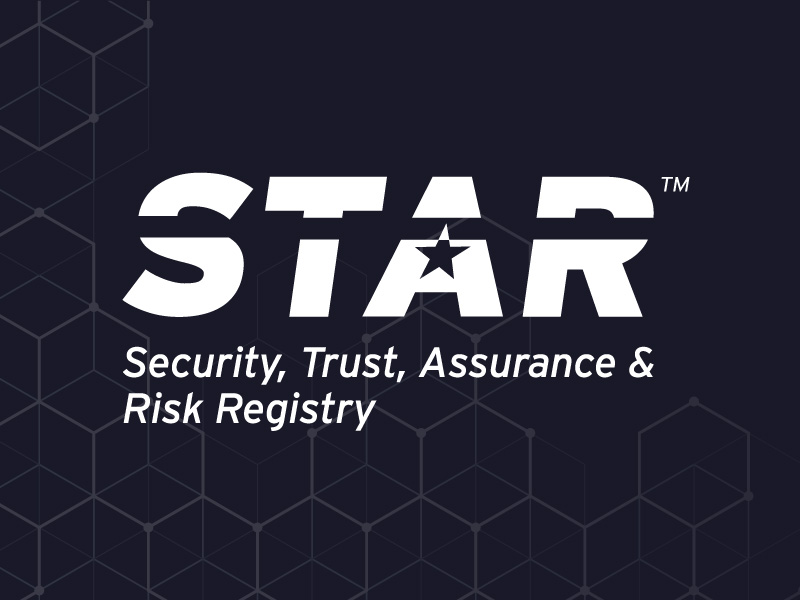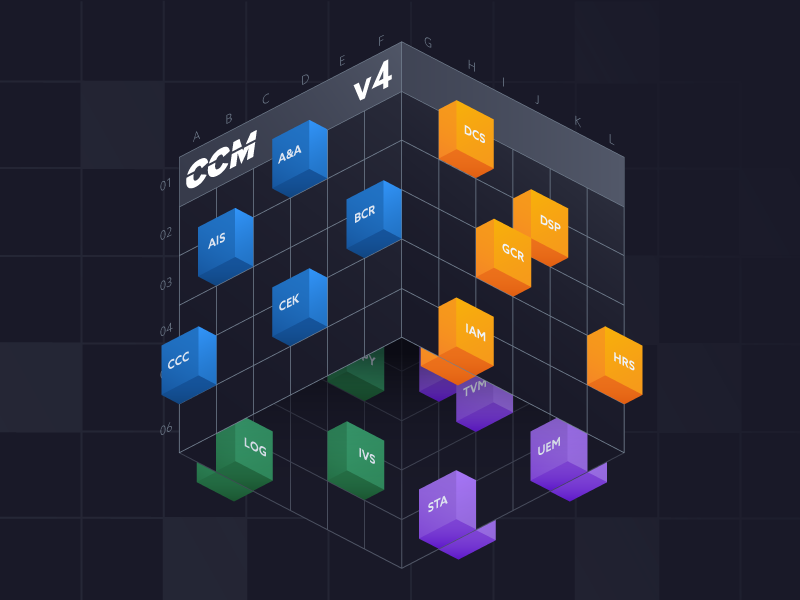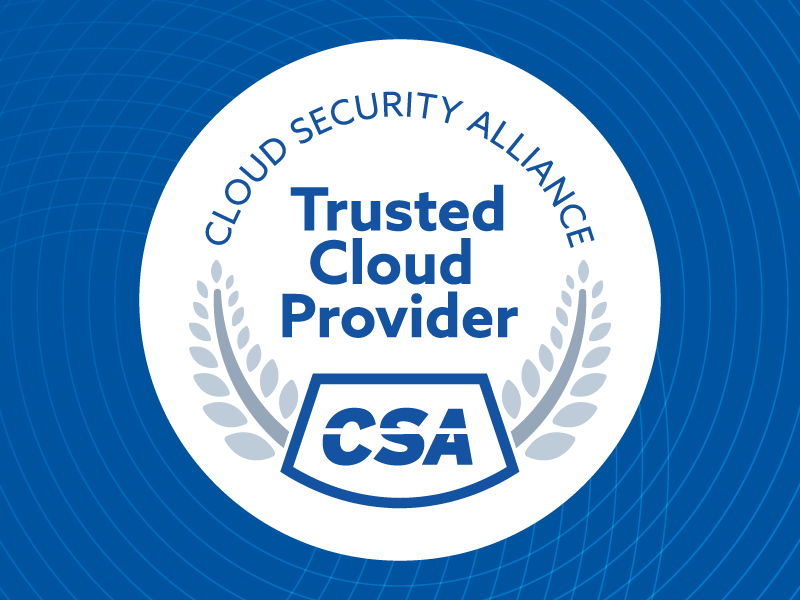How to Secure Hypervisors for NIST 800-171 Compliance: Addressing the Virtualization Blind Spot
Published 11/05/2025
Written by Chris Goodman, Vali Cyber.
Understanding the Risk at the Core of Virtual Infrastructure
Hypervisors form the foundation of virtual infrastructure. They orchestrate resources, manage virtual machines (VMs), and enable scalability—but their privileged position also makes them a top target for ransomware and advanced threats. Unfortunately, many security and compliance strategies still treat hypervisors as backend components rather than critical risk points.
This is especially concerning for organizations handling Controlled Unclassified Information (CUI), such as intellectual property, personal records, or government-related logistics data. Under NIST Special Publication 800-171, these organizations must implement strict security controls across 17 families, including Access Control, System Integrity, and Configuration Management. But hypervisors—despite their centrality—are often under-addressed, leaving a critical blind spot in CUI protection.
Access Control: Securing Entry Points at the Hypervisor Layer
Access control is a foundational pillar of NIST 800-171 and a critical defense mechanism for hypervisors. Threat actors frequently exploit privileged accounts and credential reuse to gain lateral access across virtual environments—making strong access control measures at the hypervisor layer essential.
Organizations should deploy multi-factor authentication (MFA) for SSH and administrative logins to hypervisors. Role-based access control (RBAC) and Single Sign-On (SSO) should be used to limit privilege escalation and simplify secure authentication. File-level and network-level access policies should tightly restrict who can modify system configurations or execute remote commands—adding another layer of protection against compromise.
System Monitoring and Threat Detection: Staying Ahead of the Attack
Visibility is essential for effective compliance—especially at the hypervisor layer, which often sits below the reach of conventional security tools. This gap creates an ideal hiding spot for attackers, enabling them to escalate privileges or deploy ransomware undetected.
To close this visibility gap, organizations should implement continuous monitoring and behavioral analytics specifically designed for hypervisors. By logging administrative activity and analyzing deviations from baseline behavior, teams can detect early signs of compromise—such as unusual command execution or privilege escalation.
Additional tools, like process tree mapping and canary files, can help surface suspicious activity and trigger timely alerts. Real-time monitoring aligned with known ransomware behaviors ensures that incidents are identified early—before they impact virtual workloads or Controlled Unclassified Information.
Configuration Management and Resilience Through Response
Secure configuration management is fundamental to NIST 800-171 compliance. At the hypervisor level, this means enforcing strict execution policies that determine what software can run and under what conditions. By allowlisting approved applications and denying unknown executables, organizations can block malicious processes before they begin.
Equally important is the ability to respond when things go wrong. Hypervisor-specific controls should include mechanisms for isolating virtual systems under attack, stopping lateral movement, and containing damage. Remote investigation capabilities—such as secure shell access—help teams respond quickly without exposing privileged interfaces.
To ensure resilience, organizations should implement automated rollback features that restore hypervisors and virtual machines to a clean, pre-attack state. These tools reduce downtime, limit data loss, and help maintain compliance by restoring critical systems without manual reconfiguration.
Final Thoughts
The hypervisor is too foundational—and too frequently targeted—to remain an afterthought in compliance. As ransomware and targeted attacks increasingly exploit virtualization layers, aligning with NIST 800-171 requires organizations to include hypervisor-specific controls in their security strategies.
Implementing strong access controls, real-time monitoring, and recovery workflows at this level not only helps protect CUI—it helps build a resilient, future-ready security posture.
Unlock Cloud Security Insights
Subscribe to our newsletter for the latest expert trends and updates
Related Articles:
The Layoff Aftershock No One Talks About: The NHIs Left Behind
Published: 11/26/2025
MCP Can Be RCE for You and Me
Published: 11/25/2025






.jpeg)
.jpeg)
.jpeg)
.jpeg)